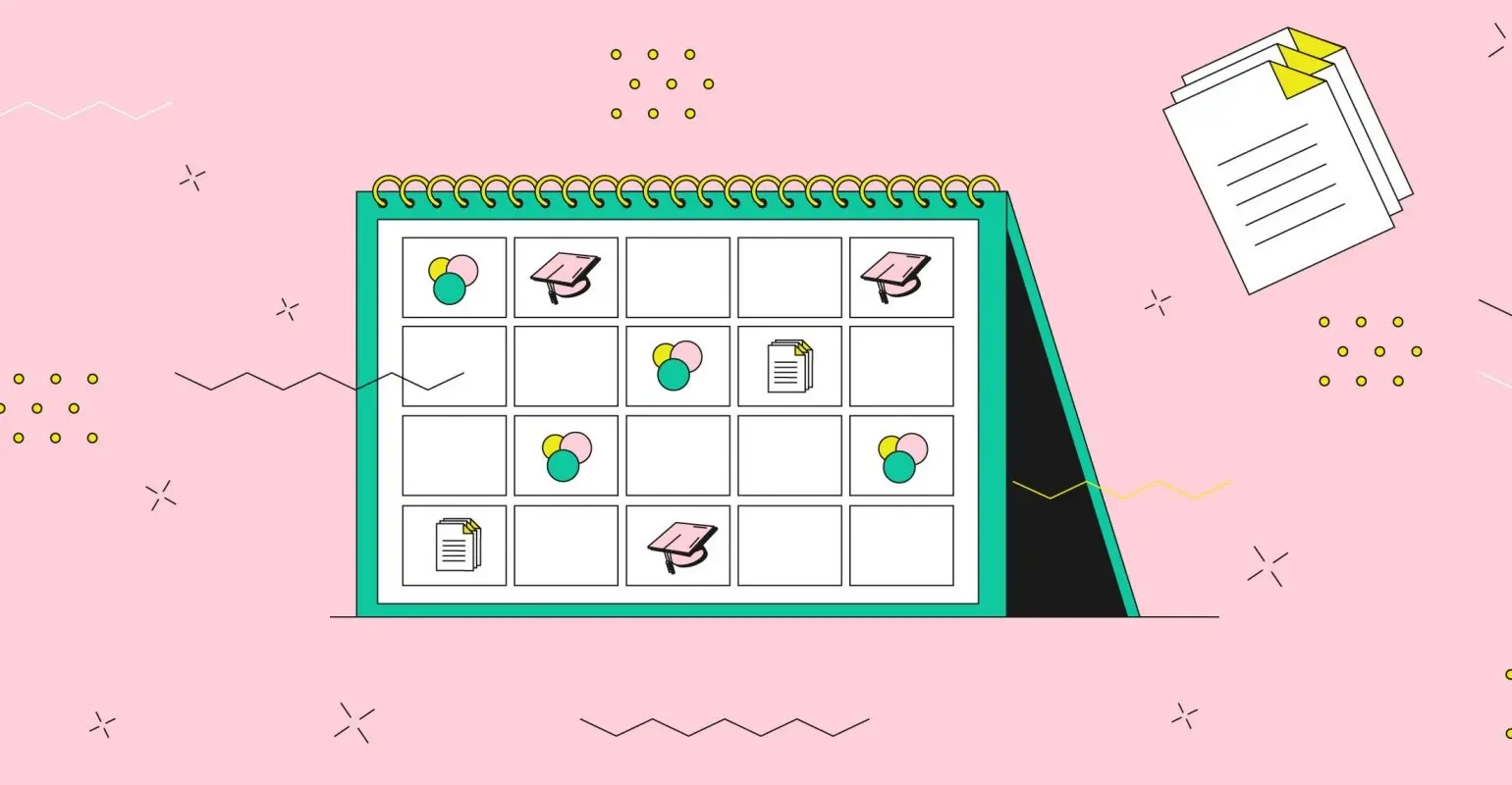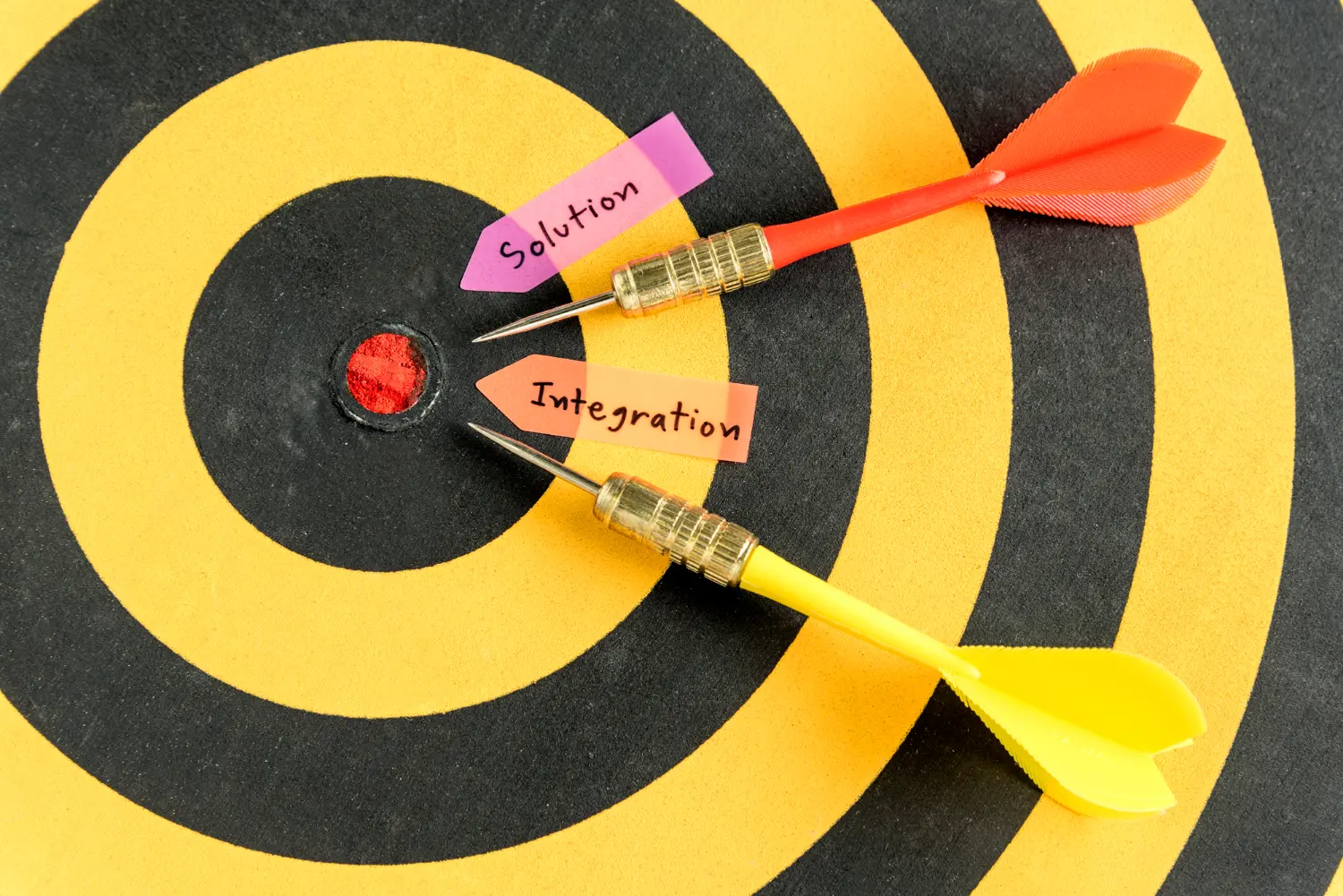What is Customer Development?
Customer Development is an approach to product and business strategy development that focuses on customer needs and challenges. This approach was developed by Steve Blank in 2005 and popularized by his book "The Four Steps to the Epiphany."
Principles and methods
Deep (user research)
User research is a method used to understand the needs, desires, and behavior of users. User research can be qualitative or quantitative. Qualitative research methods include interviews, observations, and focus groups. They help uncover deep user needs and problems that can form the basis for creating a new product or improving an existing one.
Quantitative surveys
Quantitative surveys are a method used to collect data from large numbers of users. Surveys can be conducted online or offline, and researchers can use various tools, such as Google Forms or SurveyMonkey, to create surveys. Surveys allow researchers to collect data on what users think about a product or how they use it. They also allow researchers to estimate the demand for a product and how many people are willing to buy it.
A/B testing
A/B testing is a method used to compare two versions of a product or feature. One set of users sees one version, while the other set sees a different version. A/B testing allows researchers to understand which changes to a product improve its metrics, such as conversion or user retention.
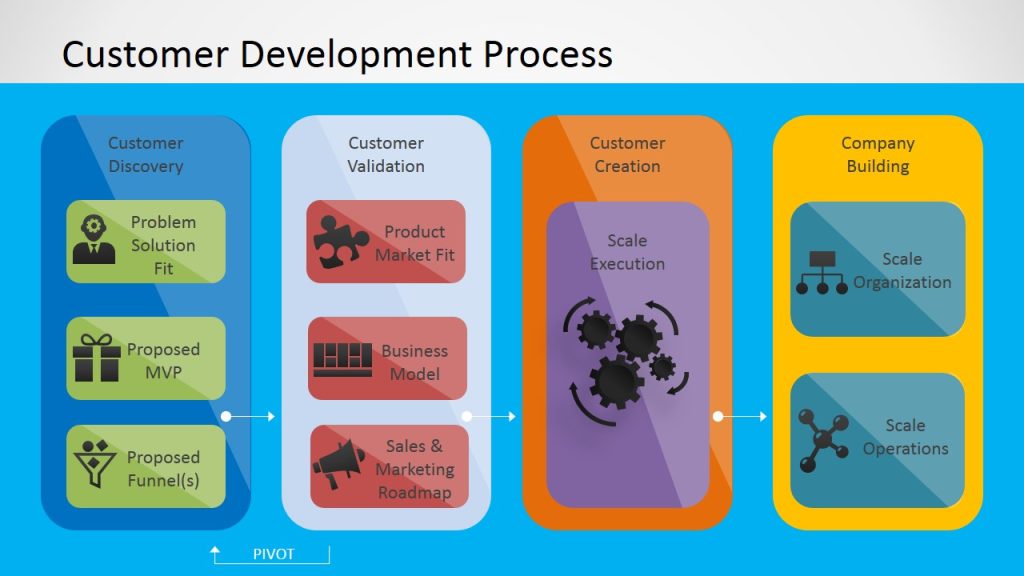
Principles of Customer Development
Understanding customers
The first principle of Customer Development is understanding the needs, desires, and challenges of users. It aims to create a product that solves real customer problems.
Market, not product
The second principle is to create a business strategy that focuses on the market, not the product. This means that a business strategy should consider competitors, market trends, and customer needs, not just product functionality.
Iterative approach
The third principle of Customer Development is to use an iterative approach to product development. This means that a company should quickly create prototypes and test them with users to obtain feedback and improve the product.
Team
The fourth principle is to create a team to work on the project. The team should include people with diverse experience and skills who can contribute to the project from multiple perspectives.
Sales, not marketing
The fifth principle of Customer Development is to use sales, not marketing, to attract users. This means that a company should sell its product to gain customer feedback and improve it.
Types of in-depth interviews and their objectives
In-depth interviewing is a research method used in sociology, psychology, and journalism that allows respondents to provide in-depth and detailed answers to specific questions. The following types are distinguished:
Biographical interview
A biographical interview is a method used to study a person's life trajectory. During this type of interview, the respondent recounts their life story from birth to the present. Biographical interviews can be used to explore the relationship between life experience and personality, as well as to explore the sociocultural aspects of the respondent's life.
Expert interview
An expert interview is a method used to obtain expert opinions on a specific issue or problem. The interviewee is an expert with extensive experience or knowledge in a particular field. This research method is often used in scientific research as well as in journalism.
In-depth interview
An in-depth interview is a method used to obtain detailed information about a specific topic or issue. During such an interview, respondents are asked open-ended questions to allow them to elaborate on their thoughts, feelings, and experiences in a given area. This research method can be used to study many different topics, including social issues, politics, economics, and more.
Focus group interview
A focus group interview is a method used to study a group's opinions on a specific topic. During such interviews, respondents gather together to discuss and express their opinions on a given topic. This research method can be used to study consumer opinions on a product or service, as well as to explore people's views on various social issues.
Ethnographic interview
Ethnographic interviewing is a method used to study cultural characteristics and behavior in a specific environment. Respondents in this case can come from different cultures or social groups. Researchers can use this method to explore sociocultural aspects of behavior and thinking in a specific environment.
Historical interview
A historical interview is a method used to study a specific historical period or event. Respondents in this case are people who lived during that time and can recount their personal experiences. This method can be used to study social, political, or cultural changes that occurred during a given period.
Each of the in-depth interview methods listed above has its own characteristics and is used in various research areas. In-depth interviews are an important tool for obtaining detailed information on a specific topic and understanding the respondent's perspective. It's important to remember that the choice of interview method depends on the purpose of the study and the information needed to obtain it.
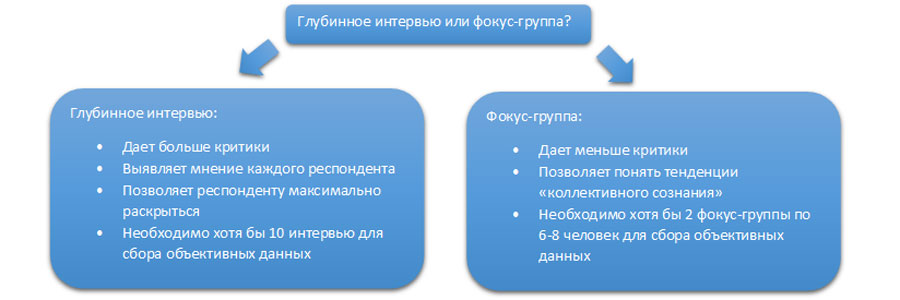
What will CustDev bring?
Conducting in-depth interviews as part of Customer Development (CustDev) is a key stage in product development. This process allows the development team to gain a comprehensive understanding of the problems and needs of the target audience.
Firstly, in-depth interviews provide valuable insight into customer needs. Developers can ask questions that will help them understand what features and capabilities users expect from the product. This will enable the development team to create a product that meets the needs of the target audience and is successful in the market.
Secondly, in-depth interviews will help understand the problems users face when using competing products. This will allow developers to create a product that will differentiate itself from the competition and solve problems unsolved by other products on the market.
Third, in-depth interviews will help understand how users evaluate product quality and what factors influence their purchasing decisions. This information will help the development team create a product that will not only meet user needs but also motivate them to purchase.
Fourth, an in-depth interview will help identify potential problems that may arise when using the product and help developers resolve these problems before the product is launched to the market.
Fifth, in-depth interviews will help define the target audience and understand which user groups will use the product. This information will help the development team create a product that will be successful in the market and in demand by the target audience.
Finally, conducting in-depth interviews with CustDev allows the development team to gain valuable insights into the needs and challenges of the target audience. This information will help developers create a product that will be successful in the market, meet user needs, and differentiate itself from competitors. In-depth interviews help developers understand how users evaluate product quality and what factors influence their purchasing decisions. This process also helps identify potential issues that may arise during product use and address them before launching.
Furthermore, conducting in-depth interviews with CustDev allows them to identify the target audience and understand which user groups will use the product. This will help the development team create a product that will be in demand by the target audience and successfully sold in the market.
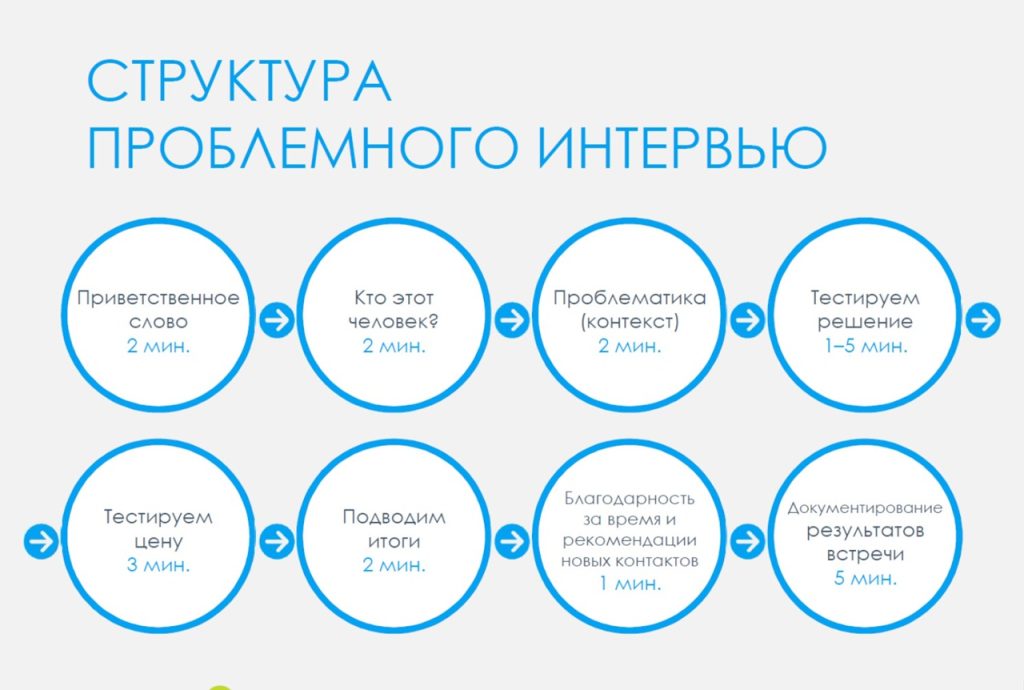
When and who should conduct CustDev
In-depth interviews should be conducted at the initial stage of product or service development, when there are no specific ideas yet about what will be included in the product. They help identify customer needs and desires, which can form the basis for product development.
In-depth interviews should be conducted with customers who are likely to be the target audience for a product or service. These could be both new and existing customers.
It's important to conduct in-depth interviews with a sufficient number of customers to gain a complete picture of their needs and challenges. It's crucial to ensure that the selected customers are as representative as possible of the product's target audience.
By conducting in-depth interviews, a company can gain valuable insights into customer needs and challenges, which will help define the key characteristics of a product or service. This will enable the company to create products that best meet customer needs and, therefore, sell successfully in the market.
How to prepare for an in-depth interview? Customer Development Stages
Preparation for an in-depth interview should be thorough to obtain maximum information and understand how your product or service can solve customer problems.
The first step is to define your target audience. Research your market to understand who your ideal client is. Find people who fit this profile and invite them for interviews.
The next step is to compile a list of questions. Determine which questions will help you obtain the most useful information from your customers. Try to formulate the questions openly, allowing customers to freely express their opinions. Remember that an in-depth interview is not a survey, so your questions should focus not only on the product or service but also on the customers' needs, goals, and challenges.
The third step is choosing a location for the interview. Typically, interviews are conducted at the company's office or the client's premises. However, it's important to remember that some clients may feel more comfortable if the interview is conducted in their own home.
The fourth step is preparing for the interview. Remember, your goal is to obtain the most useful information, so prepare your questions and equipment in advance. Test the cameras, microphones, and other equipment to ensure everything is working properly.
The fifth step is conducting the interview. Try to create a friendly and open atmosphere so clients can freely express their opinions. Avoid interrupting them and ask open-ended questions.
Step six is analyzing the results. After conducting the interview, analyze the data and identify the most important findings. Use these insights to improve your product or service and fine-tune your marketing strategy.
The Customer Development process, which includes in-depth interviews, is key for any business. This process helps you understand customer needs and challenges, determine the value of your product or service, and fine-tune your marketing strategy.
The main stages of Customer Development are:
- Market research. You need to research your market, define your target audience, and study your competitors.
- Hypothesis creation. Determine what your product or service can offer to solve your customers' problems and meet their needs.
- Hypothesis testing. Conduct experiments to test your hypotheses. This may include customer surveys, product or service testing, and other methods.
- Analyze the results. Use the data you obtain to determine the effectiveness of your hypothesis and how you can improve your product or service.
- Iteration. Use the data you've gathered to make changes to your product or service and repeat the process until you achieve your desired results.
What questions to ask?
Below are some sample questions to help you understand your customers' needs and desires:
- What problem are you facing that you would like to solve?
- What problem are you trying to solve with our product or service?
- What value do you get from our product or service?
- What would you like to improve in our product or service?
- What alternatives to our products or services have you considered?
- How did you hear about our product or service?
- How do you compare our product or service to our competitors?
- What key features or capabilities of our product or service are most important to you?
- What role does our product or service play in your business or life?
- How effective do you think our product or service is in solving your problems?
These questions will help you gain a deeper understanding of your customers' needs, which in turn will help you improve your product or service and enhance your customer service.
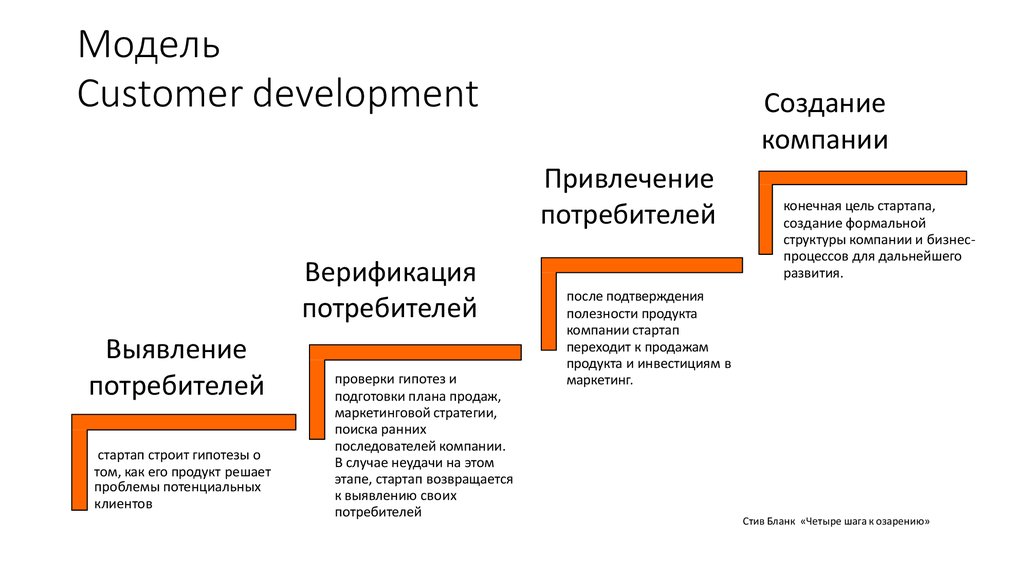
Errors in CustDev research
When conducting CustDev research, errors can arise that lead to incorrect conclusions and, ultimately, project failure. In this article, we will examine some of the most common mistakes in CustDev research.
The first mistake is choosing the wrong target audience. If a startup chooses the wrong audience, all research will be ineffective. Marketing research is essential to identify the most promising market segments.
The second mistake is choosing the wrong research method. If the chosen research method doesn't align with client needs, the results will be inaccurate. For example, if the intended audience doesn't use social media, research conducted in this area will be useless.
The third mistake is incorrectly worded questions. If questions are unclearly formulated or chosen incorrectly, the answers may be uninformative or misleading. Care must be taken when choosing questions and ensuring they are understandable to the audience.
The fourth mistake is incorrect data analysis. If researchers analyze data incorrectly, they can reach incorrect conclusions. It's important to conduct analysis taking all factors into account and addressing potential errors.
The fifth mistake is ignoring research results. If research is conducted but the results are ignored, the startup may lose valuable information that could help improve the product and increase its popularity among customers.
Conclusion
Overall, conducting an in-depth interview with CustDev is a crucial step in product development. This process allows the development team to gain valuable insights about the target audience and create a product that will be successful in the market. Therefore, if you want to create a product that will meet user needs and sell successfully in the market, conducting an in-depth interview as part of CustDev is essential.






